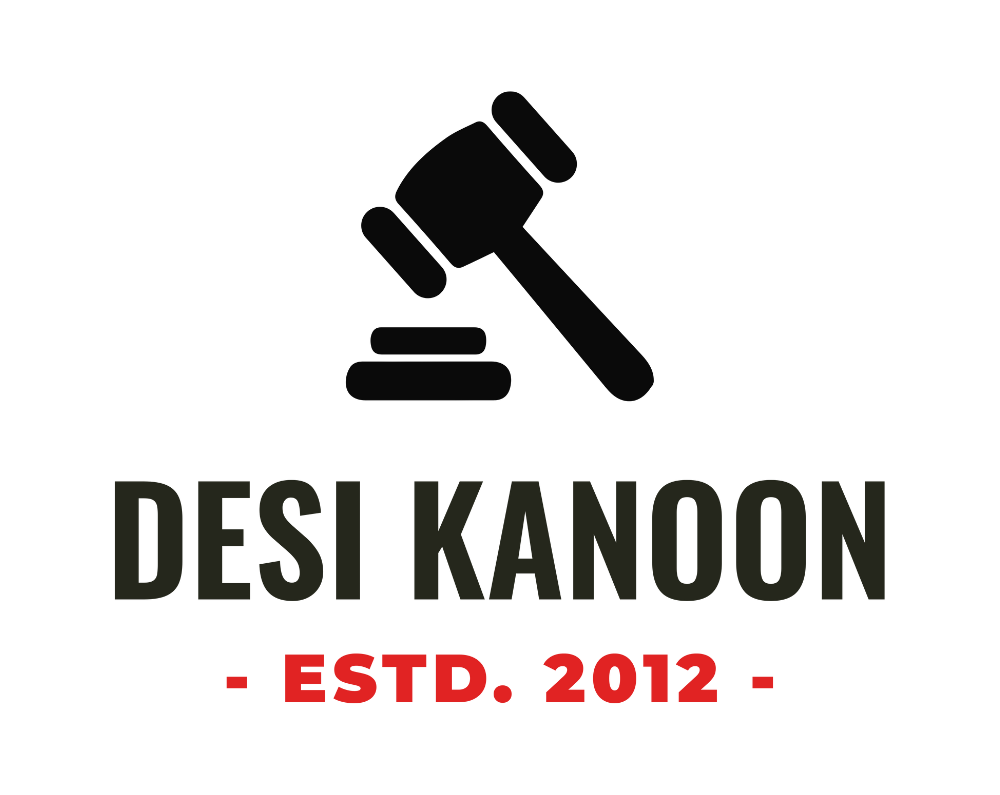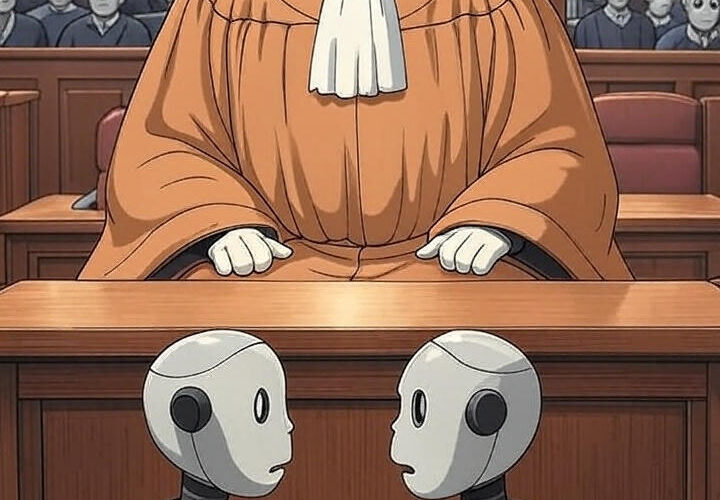Introduction
Getting an AI to work well in the field of law is one of the hardest jobs. It is because law as a field of study is so abstract. There are no straightforward solutions. Often, there are loopholes that one is legally allowed to exploit and then there is also the problem of excessive legislation.
You may be surprised to know that a legal brain cannot think like an ethical brain. Ethics and law overlap at some junctures, but largely speaking, the art of legal thinking is quite distinct from subjects like philosophy. When words in the field of law are interpreted, they acquire their own meaning distinct from one that is used in common parlance or in other contexts, and such meaning is often relativistic in nature, changing with time and context.
Example – 1
For example, these days if an AI is asked to draft a Claim Petition seeking damages, the draft generated by the AI is generally quite wholesome. It will lay down all the facts and connected legal grounds neatly. But is that all to a legal case? Usually, yes. For most of the legal work, AI has already become good, but AI still struggles badly where out of box thinking is required. It is not able to come up with convincing arguments that would be able to withstand the scrutiny of the court. There might be one nuanced legal interpretation that relies on old customary practices that AI might not be able to trace that could make or break a case.
Actually, reading laws is an art. I acquired this art by mostly reading case-laws, literally tens of thousands of them, and am still learning. To provide perspective, legislation is one thing and its interpretation by the judiciary is another. And law gets evolved only through interpretation. Amendments and changes in old laws are seldom made. At most, they would be made once or twice a year. Actually, legislation is a cumbersome task. So many wheels have to be moved to get one law passed. And if that law is marred by some lacuna, to bring amendment to the law requires the same amount of effort as required in bringing a new law (at least this is the case in many jurisdictions).
Example – 2
This is not the only problem. Suppose a case is argued before a court whether banning of wearing a particular dress or cloth in public is constitutional or not. If you ask AI about it, it will give you all the general arguments relating to concepts like equality, freedom, liberty etc. and corresponding laws relating to it. It will also tell you why such a law is practicably unsustainable too.
But is that all that is required for deciding a case? No, courts have to be apprised of the earlier jurisprudence that has evolved with respect to the same subject-matter. It also needs to be told cultural contexts in this regard. Thereafter, various interpretations of that evolved jurisprudence are put forth. To come up with such useful interpretations, it is not merely creative thinking, but it is also painstaking hard work of finding an excerpt from a judgment that contextually fits with a particular part of your case. This is where AI totally fails. It is not able to separate the grain from the chaff.
A past judgment may say that ‘banning of a particular dress’ is allowed in ‘x’ number of situations and not allowed in ‘y’ number of situations. The AI will have to understand the context of where it is banned and where it is not. This part may seem easy but when there are hundreds, if not thousands, of overlapping judgments on the same point of law, words become blurry and often meaningless. It is only the evolution of jurisprudence in a particular manner that remains relevant. Rest all is noise in a judgment.
We lawyers are trained to read judgments at lightning speeds. A person well-versed in reading judgments might take less than a minute to find the relevant part of the judgment useful for his case. And AI after being trained for billions of hours may not be able to do it in an accurate manner. As I said, words are meaningless, and it is the intent that matters in many situations. Words are just a steppingstone or a guide to ascertain the real interpretation put forth by a court. Something like that cannot be taught and must be learned through experience.
Proposed Solution
What is needed is a multi-agentic scenario of a system of courtroom where different AIs are judges, lawyers, clients, bailiffs, clerks, appellate judges etc. The AI is to be taught to work in that scenario from scratch. Second hand learning for AI by reading stuff is just not good enough. Giving AI such a multi-agentic scenario where it is trained on a court room system and let it evolve seems like a much better way to train it in the field of law.
Also, one thing has to be understood that there are no black and whites in law. It is a semi-sociological field where human considerations matter as much as the legal considerations. But what should happen and what happens are two distinct scenarios in law. A court may give a judgment that may be set aside later on by a higher court. For the time period till which it was not set aside, that judgment will be a good law but as soon as it is set aside, it becomes a bad law. And if there is a second appellate court, the second appellate court may set aside the judgment of the first appellate court and restore the judgment passed by the original court. It is an intricate and beautiful dance of law.
So, how do we get an AI to understand all this? Multi-agentic scenarios are the only way, like what was done for Dota 2. How was AI trained on Dota 2? Initially, it was not able to beat the best players, it was not able to find proper strategies but with time, it became good at Dota 2 that it could beat the entire army of professional players without any trouble. So, I guess same ought to be done in the field of AI for legal training.
With super heavy reasoning methods used by AIs, the day is not far away when AI will finally crack the legal system and start functioning way better than the humans. At that point of time, the need for lawyers would become more specialized than ever. Because then lawyers would act as bridges between the AI, the law and what it actually means.
Novel Algorithms
Apart from multi-agentic scenarios, another way could be to introduce algorithms explaining the nuanced nature of maximally truth-seeking approach in the field of law. A murderer might always argue that he has not committed the murder and might tell the same to his lawyer too, based on which knowledge, the lawyer will carry forward the murderer’s story to the court that the murderer has not committed the murder. Lawyer is and cannot be blamed for that. There is a chance that for want of evidence, or due to existence of some defence, the murderer is able to get a clean acquittal. And it will be a clean acquittal. The murderer might have committed the murder but unless convicted by a competent court of law, the murderer cannot be called a murderer in the eyes of law. The AI needs to be explained that the algorithmic nature of interpretational laws is paramount in law. Even the real truth takes a backseat because who is the arbiter? If there is no evidence, or if the judge misreads the law, nothing could be done about it.
Electing Best Remedy
Also, decision-making of AI in law is terrible. It is true that Grok 4 has become really good at giving real life advice now. But I doubt that is case in the field of law. There are scenarios where a person is standing on a fork, where each end leads to a different remedy. How to elect the best remedy? Use common sense, research etc. But is that all? Sometimes not, there might be a hidden law or hidden interpretation that might come up later and devastate your entire existing legal strategy later on.
Concluding Remarks
So, training on multi-agentic scenarios, Dota 2 style training, simulated judicial system (not just a courtroom). Basically, a proper game will have to be designed where multiple jurisdictions are simulated in an elaborate manner, and over period of time, it will have to be observed what agentic AI lawyers are being liked by clients and what agentic AI lawyers are not. Similarly, other parameters would also have to be seen to ascertain the efficacy.

